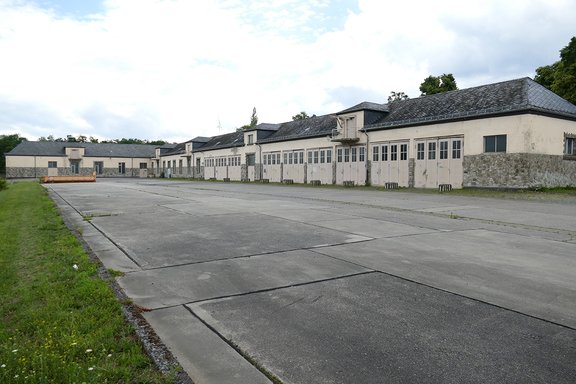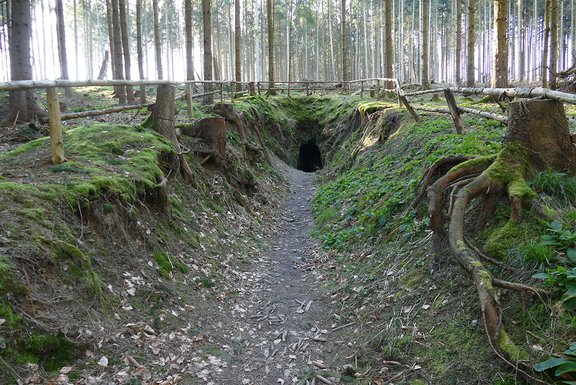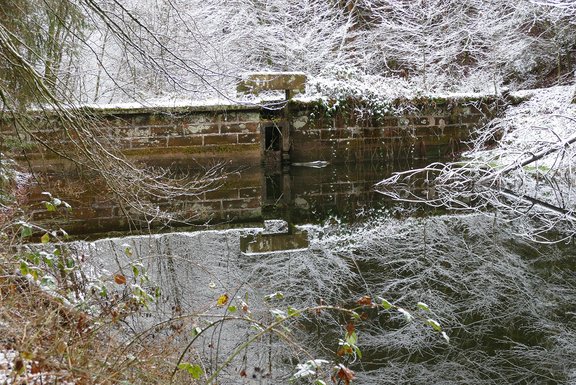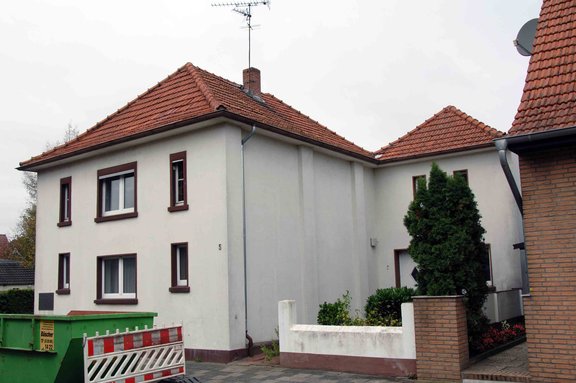Military properties in Koblenz
The pilot project currently being carried out by AHB includes the processing of 54 buildings at nine military locations in Koblenz and Lahnstein, for which building-portraits are to be created. On the site of the Augusta barracks, furthermore all buildings must be placed in a military, architectural and town planning context. In addition, the property itself is assessed as such. The aim of the overall project is to be able to provide an assessment of the property's monumental properties as well as individual buildings in the future.
Cultural Landscape Inventory
The Regionalverband FrankfurtRheinMain maintains an online cultural landscape inventory since 2006. References to objects to be included since the last data update were collected and passed on to AHB for further processing in 2019. The task was to classify the clues systematically. The geospatial data of every object had to be recorded on site including a photo. The further processing of the geospatial data took place in predetermined layer groups, which are due for publication together with texts and photos.
Log driving in the Palatinate Forest
Log driving, a special form of rafting, was operated in the Palatinate Forest since the early modern period to transport timber in the low-forested but densely populated Rhine plain.
A systematic expansion of the used water systems began in Bavarian time around 1819. From 1830 they were modernized and combined into one system.
In a pilot project AHB documented these facilities at the approximately 12 kilometers long Legelbach. In addition to the photographic depiction, the main task was to map the facilities, to classify them according to historic preservation standards and to place them in a functional context.
The Synagogue in Gronau-Epe
The synagogue in Gronau-Epe, built in 1907, was undeveloped after a pillage and arson attack on the night of the Pogrom into a fire equipment building. Later it served as a temporary home for the German Red Cross.
Content of the construction survey carried out by AHB was the photo documentation of the current inventory. In addition, special sites had to be set up at selected locations in order to obtain an overview of the fire damage and the original building fabric. The results of this investigation, in conjunction with literature and archival research, serve to re-evaluate the construction history of the building.



